Search is changing faster than ever. People don’t just want a list of websites anymore – they want direct answers. Whether it’s on a smartphone, a smart speaker, or inside an AI chat tool, users expect instant solutions.
That’s where Answer Engine Optimization (AEO) comes in. AEO is the process of optimizing your content so that search engines, voice assistants, and AI-driven platforms can understand it, extract the right response, and showcase it at the top.
Why is this so important? Because the old “10 blue links” SEO model is disappearing. Modern search engines and AI assistants now focus on solving a task, not just listing pages. If your content isn’t optimized for AEO, your visibility will shrink – even if you still rank well in traditional search results.
Here’s how the shift looks today:
- Voice assistants: “Hey Google, how long to steep green tea?” Users expect one clear answer, not a list of websites.
- Featured snippets: Google highlights a paragraph, list, or table above the organic results.
- AI-driven search: Tools like ChatGPT, Perplexity, and Bing Copilot generate summaries directly in the chat, pulling from optimized content.
The challenge is simple: if your content isn’t answer-ready, your competitors will take the top spot.
This guide will show you how to rank in Answer Engine Optimization (AEO) with proven strategies, real-world examples, and practical tools to help future-proof your SEO.
Also Read: What Does AEO Mean in SEO?
How AEO Works
Answer Engine Optimization (AEO) focuses on making your content machine-readable so that search engines and AI tools can easily extract and display direct answers. Here’s the step-by-step process in plain language:
1. Query Understanding
When a user asks a question, the search engine tries to understand intent.
-
- Example: If someone asks “What is AEO?”, Google interprets this as a definition query, not a transactional or navigational one.
2. Passage Ranking
Instead of ranking your whole page, search engines look for the best passage inside it that directly answers the question.
-
- Example: A 40–60 word paragraph under a heading like “What is AEO?” is more likely to rank than a long block of text buried in the middle of your content.
3. Answer Extraction
Engines pull out concise, self-contained answers from cleanly structured sections like:
-
- Paragraphs
- Bullet lists
- Numbered steps
- Tables
These are easy for machines to repurpose as featured snippets or voice responses.
4. Verification Through Trust Signals
The system checks if your site is a credible source. This is where EEAT (Experience, Expertise, Authoritativeness, Trustworthiness) comes into play. Content with author bios, references, and schema markup gets more trust.
5. Presentation in SERPs or AI Assistants
Finally, the chosen answer is displayed in different formats depending on the platform:
-
- Featured snippet on Google
- People Also Ask (PAA) box
- Voice assistant response (“According to [brand]…”)
- AI-generated summary citing your content
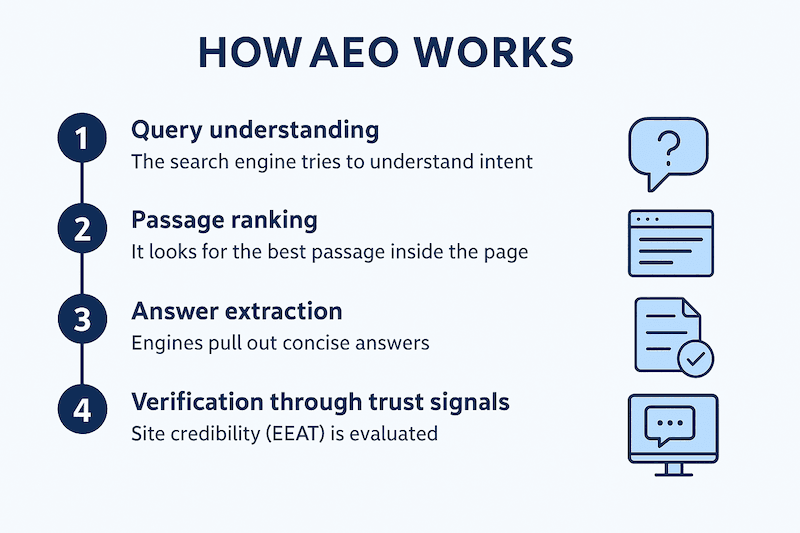
In short: AEO works by helping search engines find, understand, trust, and showcase your answer in the exact format users prefer—whether that’s text, voice, or AI summaries.
Also Read: How do you optimize a Website for AEO?
Key Strategies to Rank in AEO
a) Structured Data & Schema Markup
Schema helps machines understand your page. Use JSON-LD to describe FAQs, how-to steps, definitions, author info, and more.
High-impact schema types for AEO:
| Schema type | Best for | Quick tip |
|---|---|---|
| FAQ Page | Q&A blocks | Use real user questions; 2–6 per page section. |
| How To | Step-by-step tasks | Include steps, tools, time, and result image if possible. |
| Article/Blog Posting | Thought leadership | Include author, date Published, headline, image. |
| Product | Ecommerce | Include offers, aggregate Rating, review. |
| Organization | Brand trust | Add same As links to social profiles. |
| Speakable | Voice results | Mark key sentences on news/FAQ pages. |
| BreadcrumbList | Context | Helps engines understand page location. |
Example: FAQ JSON-LD
<script type=”application/ld+json”>
{
“@context”: “https://schema.org”,
“@type”: “FAQPage”,
“mainEntity”: [{
“@type”: “Question”,
“name”: “What is Answer Engine Optimization (AEO)?”,
“acceptedAnswer”: {
“@type”: “Answer”,
“text”: “AEO is the process of structuring and writing content so search engines and AI tools can extract concise, trustworthy answers to user questions.”
}
},{
“@type”: “Question”,
“name”: “How do I optimize for featured snippets?”,
“acceptedAnswer”: {
“@type”: “Answer”,
“text”: “Give a 40–60 word direct answer, use a clear H2 question, and format lists, steps, or tables that are easy to extract.”
}
}]
}
</script>
Example: HowTo JSON-LD
<script type=”application/ld+json”>
{
“@context”:”https://schema.org”,
“@type”:”HowTo”,
“name”:”How to set up FAQ schema on a page”,
“totalTime”:”PT10M”,
“tool”:[{“@type”:”HowToTool”,”name”:”Schema generator”}],
“step”:[
{“@type”:”HowToStep”,”name”:”Choose questions”,”text”:”Pick 3–5 real user questions from your keyword research.”},
{“@type”:”HowToStep”,”name”:”Write short answers”,”text”:”Aim for 40–60 words per answer.”},
{“@type”:”HowToStep”,”name”:”Generate JSON-LD”,”text”:”Use a schema tool to build and validate the code.”},
{“@type”:”HowToStep”,”name”:”Add to page”,”text”:”Insert JSON-LD in the <head> or via a schema plugin.”},
{“@type”:”HowToStep”,”name”:”Validate”,”text”:”Test with Rich Results Test and fix any warnings.”}
]
}
</script>
Pro tips
-
- Keep schema in sync with on-page text.
- Validate with Google’s Rich Results Test and Schema.org Validator.
- Don’t spam: mark up only what users can see on the page.
b) Optimizing for Featured Snippets
Featured snippets reward clarity and structure. Target “What is…,” “How to…,” “Why…,” “Steps,” and “Vs” queries.
Formats that win:
-
- Definition paragraph: 40–60 words answering the H2 question.
- List: Numbered steps for procedures; bullets for unordered items.
- Table: Comparisons (features, prices, specs).
- Short how-to blocks: Label steps with H3/H4 and keep each step concise.
Snippet-ready pattern
-
- Use an H2 in question form: “What is AEO?”
- Follow with a 1–3 sentence answer.
- Add supporting detail below (examples, images, pros/cons).
Example: Definition block (snippet bait)
What is AEO?
Answer Engine Optimization (AEO) is the practice of structuring and writing content so search engines and AI systems can extract concise, trustworthy answers to specific user questions.
Dos
-
- Put the answer before the story.
- Use clean HTML (no nested accordions for primary answers).
- Include a relevant image near the answer if useful.
Don’ts
-
- Don’t bury the answer 800 words down.
- Don’t write vague, marketing-heavy text.
Also Read: What is Google’s “People Also Ask” and How Does It Work?
c) Voice Search Readiness
Voice results favor natural language and single-sentence clarity.
-
- Write in conversational tone.
- Include pronounceable brand and product names.
- Use Speakable schema for news/FAQ.
- Add read-out-ready lines like “In short, …” or “The quick answer: …”
Voice answer template (one-liner):
“In short, AEO helps your content become the trusted answer that voice assistants read out.”
Also Read: Voice Search Optimization: 5 Strategies to Rank Higher in 2025
d) Build Authoritative Content (EEAT)
Engines prefer credible sources. Show Experience, Expertise, Authoritativeness, and Trustworthiness.
-
- Add author bylines with credentials.
- Publish detailed bios, LinkedIn links, and citations.
- Show last updated dates and change logs on evergreen guides.
- Use first-hand experience: screenshots, data, pictures, or tests.
- Display trust badges: reviews, certifications, awards.
- Keep a solid About, Contact, Privacy, and Editorial Policy page.
Also Read: Google E-E-A-T Content Quality Checklist For Higher Rankings
e) Mobile & Core Web Vitals
Fast pages improve crawl, ranking, and answer extractability.
-
- LCP: Optimize hero images; serve next-gen formats (WebP/AVIF).
- INP: Reduce JavaScript bloat; delay non-critical scripts.
- CLS: Reserve space for images/ads; preload fonts.
- Use a CDN, compress images, and cache smartly.
- Ensure content is readable on small screens: short paragraphs and large tap targets.
f) AI & NLP Readiness (Semantic Search)
AEO isn’t only about markup. It’s about meaning.
-
- Map entities (people, brands, tools, places) used in your topic.
- Use descriptive headings and synonyms that reflect user language.
- Add
sameAslinks in Organization/Person schema to connect to trusted profiles. - Create topical hubs: one strong pillar with linked subpages.
- Write passage-optimized sections: each H2/H3 answers one intent end-to-end.
- Include examples, tables, and structured blocks that AI can quote.
g) Question-Based Content Strategy
Build content around questions, not just keywords.
-
- Pull questions from People Also Ask, forums, support tickets, and sales calls.
- Group by intent: definition, steps, compare, cost, tool, fix, vs.
- Use a Q → A → Proof pattern: direct answer, then examples or stats.
- Add a mini-FAQ at the end of each hub page.
Example cluster for AEO
-
- What is AEO?
- AEO vs SEO vs Voice Search: what’s the difference?
- How do I add FAQ schema in WordPress?
- How to optimize for featured snippets in B2B?
- Best tools for AEO validation?
- Common AEO mistakes and fixes.
10 Best AEO Practices You Can Implement Today
Each practice includes a quick “why,” example, and tool suggestions.
1) Write a 40–60 Word “Answer Box” Under Every Question Heading
-
- Why: Snippet extractors love short, self-contained answers.
- Example:
H2: What is canonicalization?
Answer (48 words): Canonicalization tells search engines which version of a similar set of pages is the “main” one. Use a rel=”canonical” tag on duplicate or near-duplicate pages to point to the preferred URL. This avoids splitting ranking signals and reduces duplicate content issues. - Tools: Google Docs readability; Hemingway; Grammarly.
2) Use Schema on Pages with Real Q&A or Steps
-
- Why: Increases eligibility for rich results and voice answers.
- Example: Add
FAQPageto a service page with 3–5 real questions customers ask. - Tools: RankMath/Yoast (WordPress), Merkle Schema Markup Generator, Rich Results Test.
3) Format Content for Lists and Tables
-
- Why: Lists and tables are easy to extract into snippets.
- Example: For “AEO vs SEO,” present a 2-column table comparing goals, formats, metrics, and use-cases.
- Tools: Your CMS block editor; Google Docs → Table.
4) Build an “Answer Hub” with Internal Links
-
- Why: Hubs help engines understand topical authority.
- Example: Create an “AEO Resource Hub” page linking to subpages: schema, snippets, voice, AI readiness, and tools.
- Tools: Site mapping in Miro/Lucidchart; internal link plugins; Screaming Frog.
5) Optimize for People Also Ask (PAA)
-
- Why: PAA questions mirror real user intent.
- Example: Add a section titled “People also ask” with 3–5 Q&As that you actually answer fully on-page.
- Tools: AlsoAsked, AnswerThePublic, Semrush, Ahrefs.
6) Add Speakable and Read-Out-Ready Lines
-
- Why: Helps voice assistants find a clean sentence to read.
- Example: Include a line starting “In short…” that sums up the answer in one sentence. Mark it with
Speakablewhen relevant. - Tools: Speakable schema generators; Rich Results Test.
7) Reinforce EEAT on Every Evergreen Guide
-
- Why: Trust drives inclusion in AI answers and featured snippets.
- Example: Author bio with credentials + “Fact-checked by” line that links to your editorial policy.
- Tools: CMS components for bios; Google’s Quality Rater Guidelines (for direction).
8) Improve Core Web Vitals on Answer Pages
-
- Why: Faster pages get crawled and surfaced more often.
- Example: Compress hero images, lazy-load below-the-fold assets, and defer non-critical scripts.
- Tools: PageSpeed Insights, Lighthouse, WebPageTest, Cloudflare/QUIC.cloud.
9) Use Consistent Question Syntax in Headings
-
- Why: H2/H3 in question form improves machine understanding.
- Example: “How do I add FAQ schema?” followed by a short answer and steps.
- Tools: Content templates in Notion/Docs; editor checklists.
10) Add a Mini-FAQ to High-Intent Pages
-
- Why: Captures long-tail questions and boosts on-page dwell time.
- Example: At the bottom of a “Link Building Packages” page, add 3 FAQs: pricing model, turnaround time, reporting. Mark up with
FAQPage. - Tools: RankMath/Yoast, Gutenberg FAQ blocks, Webflow components.
Common Mistakes to Avoid Implementing AEO
- Burying the answer.
-
- Engines won’t extract what they can’t find fast. Put short answers right below the heading.
-
- Overusing jargon and long sentences.
-
- Complex language lowers readability. Aim for a Flesch score of 75+ and short sentences.
-
- Stuffing FAQs with salesy fluff.
-
- FAQ answers must be factual and concise. Adspeak gets ignored or filtered.
-
- Adding schema that doesn’t match on-page content.
-
- Mismatched markup can reduce trust and rich result eligibility.
-
- Ignoring EEAT signals.
-
- Anonymous content without sources or bios is less likely to feature in AI overviews.
-
- Poor page speed and layout stability.
-
- Slow, jumpy pages get crawled less and frustrate users. Fix LCP/INP/CLS.
-
- One-page “everything” guides without structure.
-
- Walls of text are hard to parse. Break guides into clear H2/H3 blocks with summaries.
-
The Future of AEO
1) AI-Driven and Conversational Search
AI overviews and chat answers will get richer and more context-aware. They’ll cite sources and combine multiple pages. Your content needs to be quotable and verifiable.
2) Multi-Modal Answers
Search will blend text, images, video, and audio. Provide annotated images, short clips, and transcripts. Add alt text and structured metadata for media.
3) Personalization and First-Party Data
Logged-in experiences and zero/first-party data will tune answers to the user. Provide clear, generic answers first; then offer paths to personalized tools (calculators, checklists, configurators).
4) Real-Time and Transactional Answers
More answers will include availability, pricing, and local info. Keep your structured data fresh and consistent across your site and profiles.
5) Trust and Content Authenticity
Signals around authorship, sourcing, and transparency will matter more. Expect higher scrutiny for YMYL topics, reviews, and product claims.
Bottom line: Treat every page as a source for a future answer engine. Structure it, cite it, and keep it fast.
AEO Implementation Plan
Days 1–10: Research & Audit
-
- List top 50–100 questions from PAA, Search Console, sales calls, support tickets.
- Audit your top 30 pages for answer blocks, schema, headings, and vitals.
- Identify 5 pillar topics and their sub-questions.
Days 11–30: Content Structure & Quick Wins
-
- Add definition boxes (40–60 words) under H2 questions on 15 pages.
- Create or refine mini-FAQs with 3–5 Q&As per page; add
FAQPageschema. - Turn 5 tutorials into HowTo with steps and images.
- Improve LCP on 10 pages (compress hero, preconnect, lazy-load).
Days 31–60: Authority & Hubs
-
- Build 3 topical hubs with internal links to subpages.
- Add author bios, editorial policy, and last updated dates.
- Add Speakable lines on top FAQs/news.
Days 61–90: Expansion & Testing
-
- Publish 6 new Q&A articles targeting long-tail questions.
- Add 5 comparison tables (vs pages) and 5 checklists.
- Validate schema with Rich Results Test; fix warnings.
- Track snippet wins and PAA visibility; iterate.
Sample Page Template for AEO (Copy & Adapt)
H1: Primary topic
Intro (2–3 lines): State the pain and the quick promise.
H2 (Question): What is [topic]?
Answer (40–60 words): Direct, neutral definition.
H3: Why it matters
Short bullets with outcomes.
H2 (Question): How does it work?
Answer: One paragraph; then steps or a diagram.
H3: Steps / Checklist
Numbered list.
H3: Tools & Examples
Short table; screenshots if possible.
H2: FAQs (3–5) + FAQPage schema
H2: Related resources (internal links)
Footer blocks: Author bio, last updated, references.
Handy Tools for AEO Workflows
| Task | Tools |
|---|---|
| Question mining | AlsoAsked, AnswerThePublic, Semrush, Ahrefs, Search Console |
| Schema | Merkle Schema Generator, RankMath/Yoast, Schema.org Validator, Rich Results Test |
| Readability | Hemingway, Grammarly, Readable |
| Speed/Vitals | PageSpeed Insights, Lighthouse, WebPageTest, Cloudflare/QUIC.cloud |
| Crawling & QA | Screaming Frog, Sitebulb |
| UX checks | Chrome DevTools, Axe DevTools |
| Writing | Google Docs templates, Notion content SOPs |
Examples You Can Steal (Short)
Definition snippet (AEO):
AEO is the practice of structuring and writing content so search engines and AI systems can extract concise, trustworthy answers to user questions.
List snippet (Steps to add FAQ schema):
- Pick real user questions.
- Write 40–60 word answers.
- Generate JSON-LD.
- Insert code in head (or with a plugin).
- Validate and publish.
Table snippet (AEO vs SEO)
| Aspect | Traditional SEO | AEO |
|---|---|---|
| Primary goal | Rank pages | Surface answers |
| Content style | Long-form, keyword-rich | Short, structured answers within content |
| Success metric | Positions, traffic | Snippet share, PAA presence, voice reads |
| Tech support | On-page, links | Schema, clean HTML, EEAT, vitals |
Measuring AEO Success
Track beyond “rankings.”
-
- Featured snippet count for target queries.
- PAA appearances and click-through from those blocks.
- Impressions and position for question queries in Search Console.
- Voice search impact (proxy via assistant tests and brand mentions).
- AI overview citations (manual checks and third-party tools as they evolve).
- Engagement metrics on pages with answer blocks (scroll depth, time on page, CTA clicks).
Troubleshooting: If You’re Not Winning Snippets
-
- Tighten the answer: Reduce to 40–60 words, remove fluff, define terms plainly.
- Improve structure: Use a question H2, a direct answer paragraph, then steps or examples.
- Add a table or list where appropriate.
- Enrich trust: Add author bio, sources, and last updated date.
- Validate schema and fix warnings.
- Speed up the page: LCP < 2.5s on mobile; improve INP/CLS.
- Build topical coverage: Publish supporting articles and link them.
Conclusion
Answer engines reward clarity, trust, and structure. If you make your pages easy to understand—and your answers easy to lift- you’ll win featured snippets, voice reads, and AI citations. That brings qualified traffic, even when link-only SERPs shrink.
The steps are practical:
-
- Add answer boxes under question headings.
- Use schema for FAQs and how-tos.
- Write for humans first, with simple language and short sentences.
- Strengthen EEAT and Core Web Vitals.
- Build question-led hubs and validate your markup.
Adapting to AEO is no longer optional. It’s how modern search works. Start with your top five pages this week, and build momentum from there.
Need help implementing AEO at scale? The team at 1Solutions can audit, plan, and execute a complete AEO program—content, schema, and technical fixes included. Let’s turn your site into the answer users see first.
















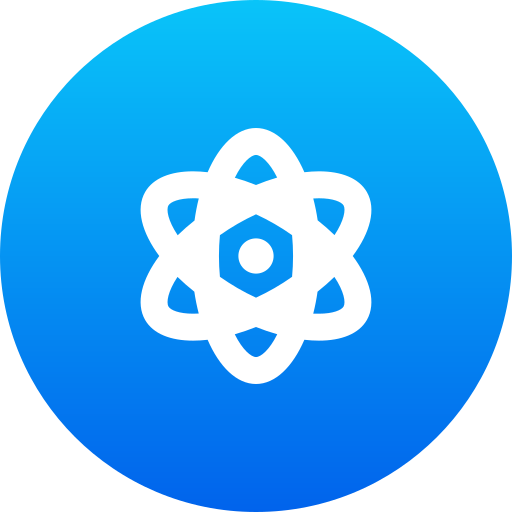



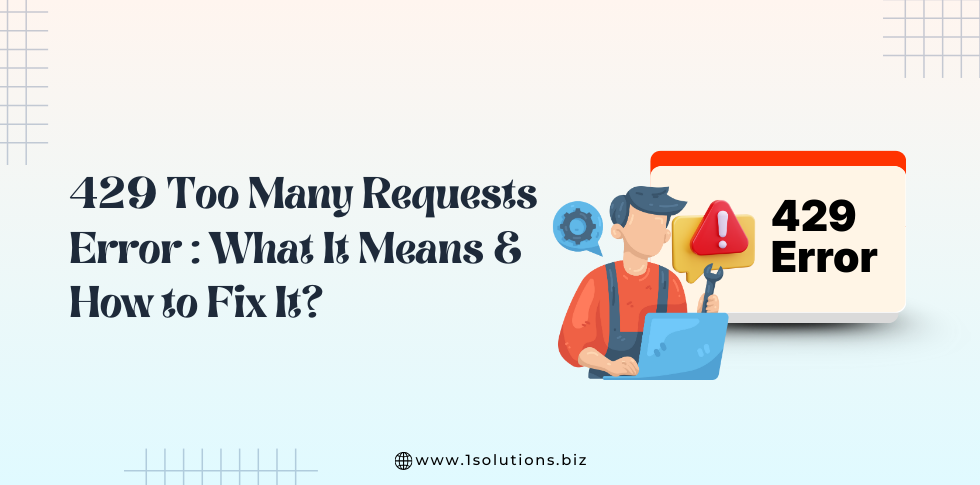
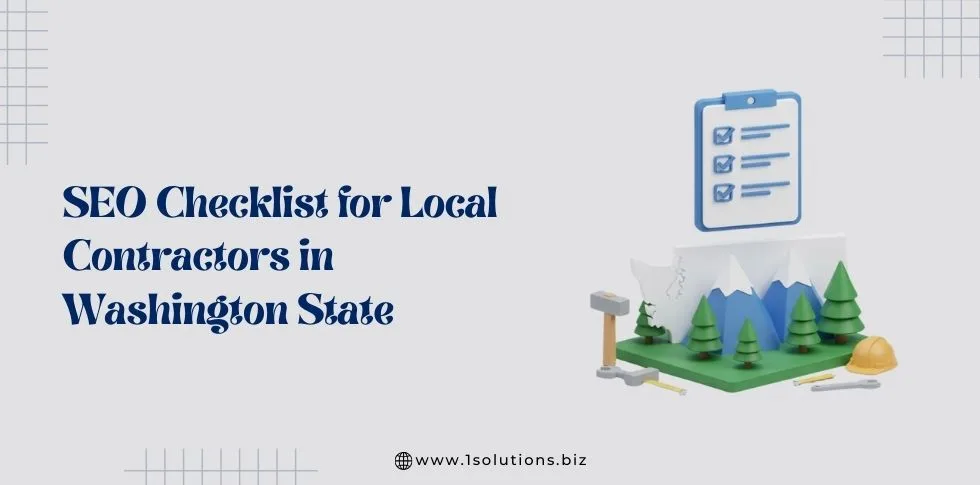
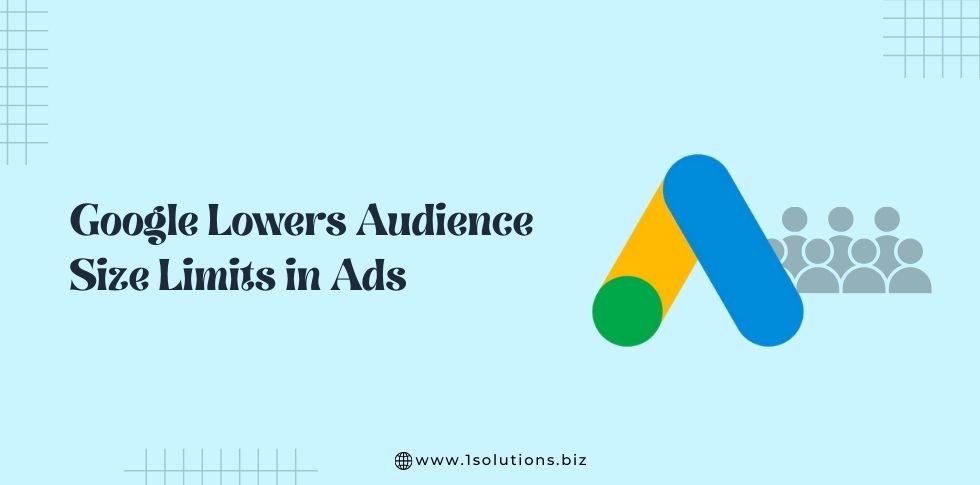

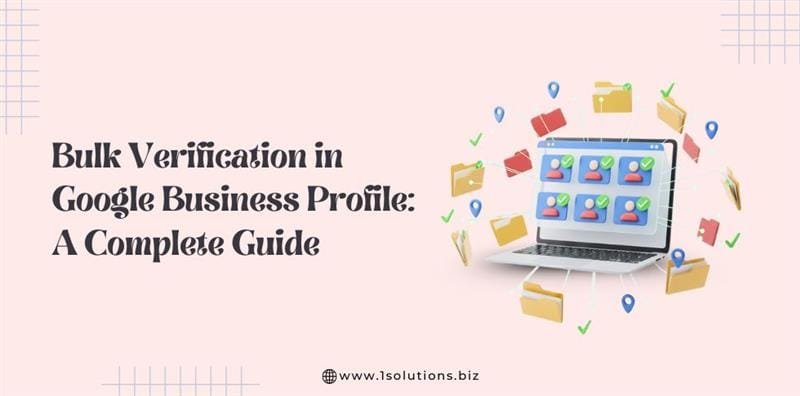
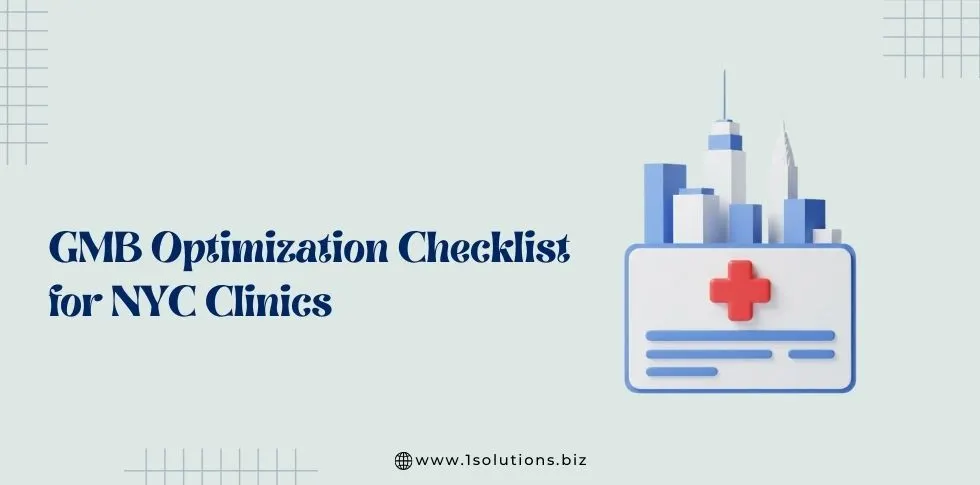
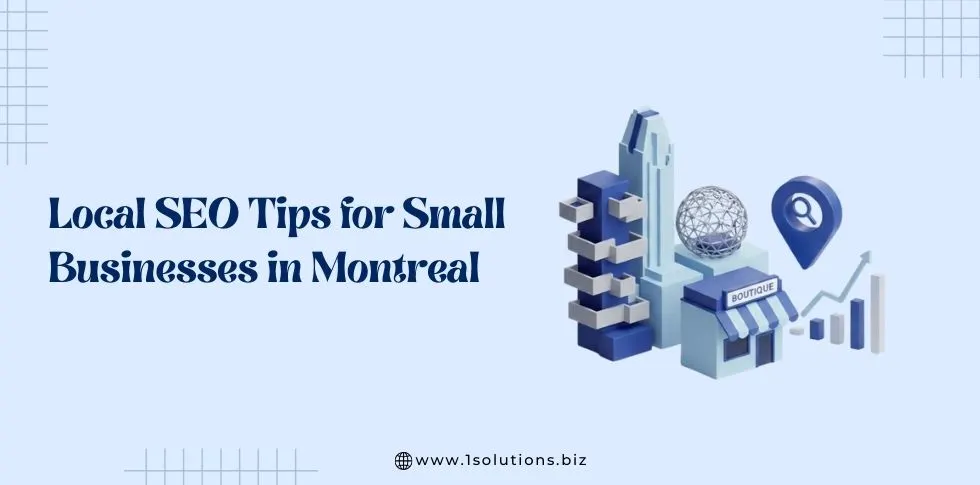
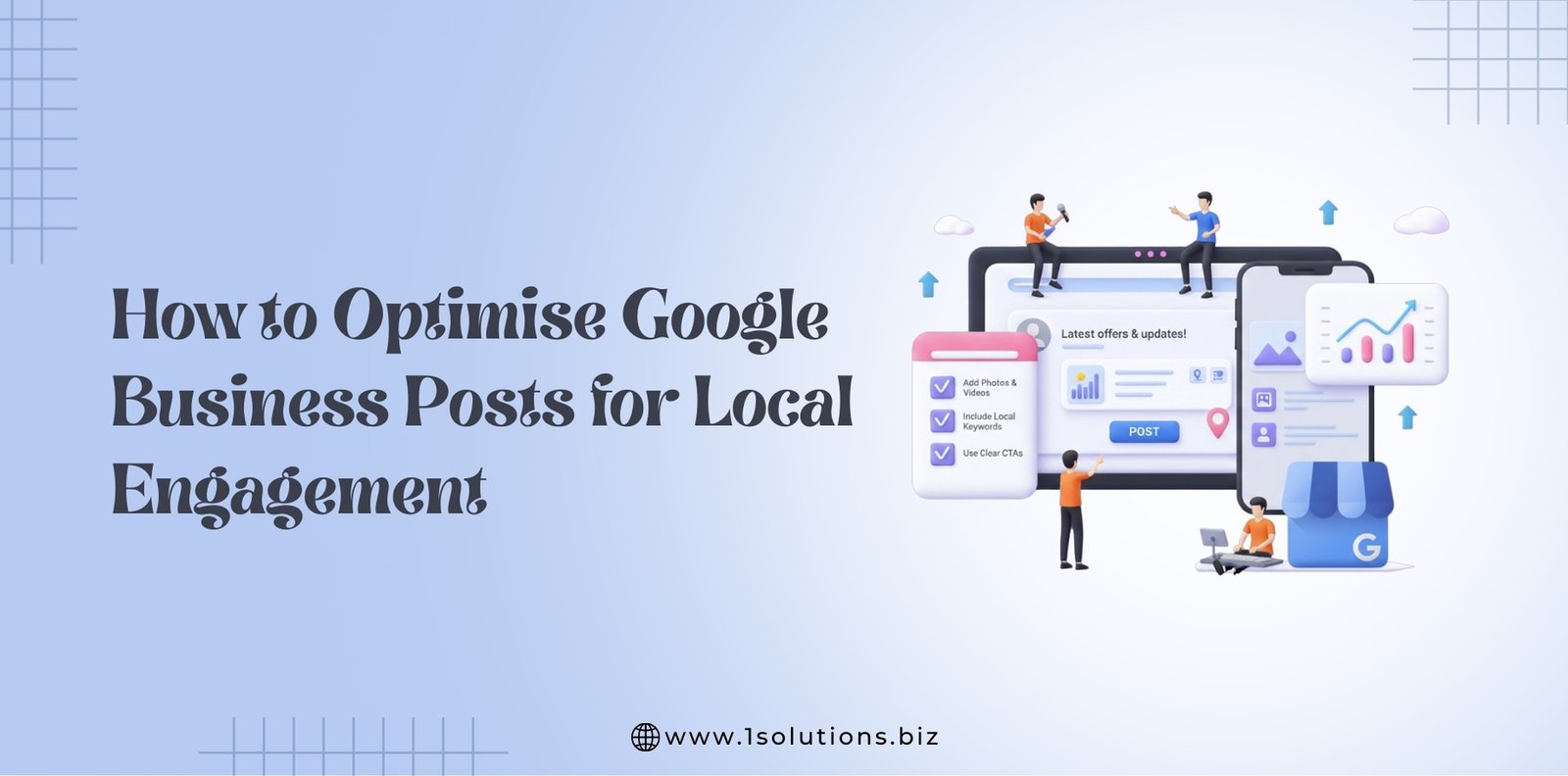




 in India
in India